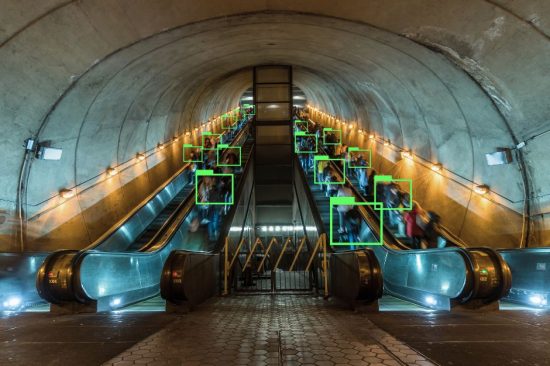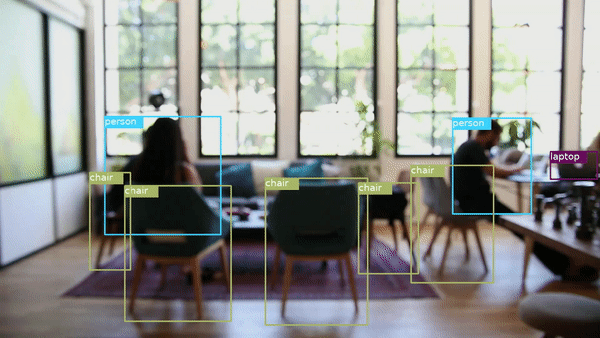
- Object Detection: The heart of ODaaS lies in the object detection phase. Object detection is a computer vision technology with a pre-trained model that analyzes the extracted features and accurately identifies the presence of different objects in the input data. The service can often detect multiple objects in the image with various classes simultaneously.
- Image or Video Input: Users may input images or video feeds containing objects of interest. These could range from everyday items to specific entities like faces, vehicles, animals, or even customized objects depending on the application.
- Pre-processing: The input data undergoes pre-processing to standardize and optimize it for analysis. Pre-processing may include resizing, normalization, and data augmentation to enhance the model’s performance.
- Feature Extraction: Once pre-processed, the deep learning model extracts relevant features from the input data. These features capture critical characteristics that distinguish various objects, making the subsequent detection process more accurate.
- Bounding Box Localization: Object detection uses bounding boxes to precisely locate the detected objects. ODaaS employs object detection methods which allow these boxes to enclose each identified object, providing information such as the accuracy of the identification.
- Object Classification (Optional): Some obeject detection offerings include object classification as an additional step. In this case, the service not only detects objects but also assigns them to specific classes or categories based on their visual attributes.
